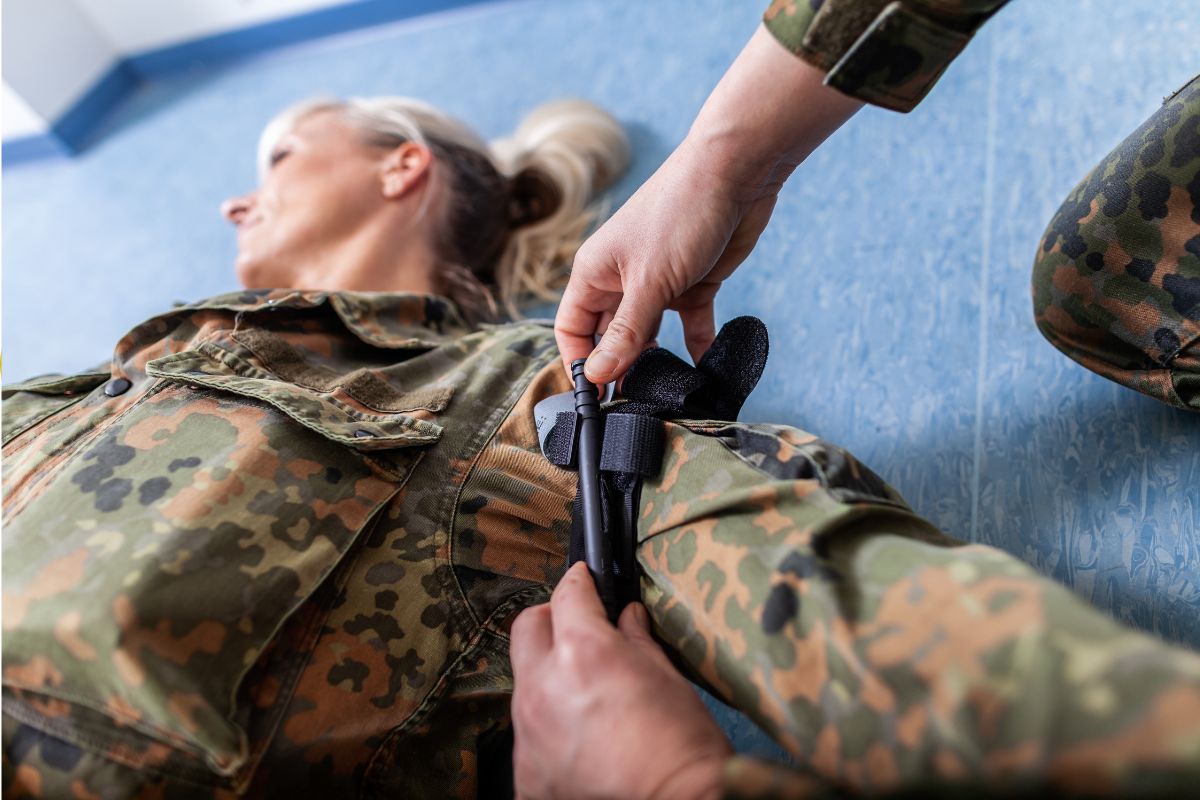Tourniquets are critical medical and emergency devices designed to control severe bleeding during traumatic injuries. Their timely and effective use can be lifesaving, particularly when immediate medical attention is unavailable. As technology evolves, so do the components that make these devices functional and efficient. Rubber, known for its elasticity and durability, plays a pivotal role in enhancing the functionality and reliability of tourniquets. Recent breakthroughs in using rubber in tourniquet technology are setting new standards in emergency medical care, ensuring quicker, safer, and more effective bleeding control.
The History of Rubber in Tourniquet Design
The use of tourniquets dates back centuries, with materials ranging from rawhide and sticks to more modern fabric and metal-based designs. However, the transition to rubber in tourniquets was a significant turning point for these essential devices. Initially introduced in the early 20th century, rubber quickly became a favored material due to its superior elasticity and strength, which allow for consistent pressure and adjustable tightness necessary for effective hemorrhage control.
Recent advances in synthetic rubber technology have further enhanced the performance of tourniquets. Medical manufacturing companies have introduced materials like neoprene and silicone, which offer improved weather resistance and thermal stability. According to a 2021 study, synthetic rubbers are now preferred in modern tourniquet designs due to their ability to maintain elasticity and firmness under extreme conditions.
Innovations in Rubber Tourniquet Technology
In recent years, rubber tourniquet technology innovation has integrated with automation and wearability features. Automated tourniquets are increasingly being designed to deliver precise pressure control. These use sensors to detect blood flow and automatically adjust pressure accordingly to ensure optimal constriction without human error.
Automated systems reduce application time and improve outcomes in critical situations, according to a study that observed a 30% improvement in deployment speed compared to traditional methods. On another front, wearable tourniquets are making significant inroads, particularly in military applications. These devices, often embedded within soldiers’ uniforms or belts, are made from durable, flexible rubber that can be quickly deployed in combat scenarios.
The practical application of these rubberized tourniquets in the field has proven to be a game-changer, providing immediate access to life-saving equipment. Their integration into military gear allows for rapid response during injuries, which is crucial in reducing mortality rates from battlefield injuries.
The Benefits of Modern Rubber Tourniquets
Modern rubber tourniquets offer enhanced safety, improved usability, and long-term durability. These benefits stem from developing new compounds designed to be kinder to the skin and less likely to cause allergic reactions to rubber. Synthetic materials such as silicone and thermoplastic elastomers are increasingly used in medical manufacturing to replace natural latex. This shift reduces the risk of skin damage and adverse reactions, making tourniquets safer for a wider range of users.
In terms of usability, the elasticity and flexibility of modern rubber contribute to tourniquets that are easier to apply and adjust in emergencies where speed and efficiency can save lives. The intuitive design and improved grip provided by rubber materials facilitate quicker deployment and secure application, ensuring that even individuals with minimal training can use them effectively.
Moreover, rubber materials used in tourniquets are exceptionally durable. They are engineered to withstand extreme conditions, from intense heat to sub-zero temperatures, without degrading. A National Highway Traffic Safety Administration study showed high-quality synthetic rubber tourniquets retained their elasticity and functionality even after repeated use and exposure to harsh environments. This longevity and reliability are critical for equipment that must perform consistently over time and across various operational scenarios.
Future Prospects and Research
The future of rubber in tourniquet technology is advancing as research in materials science continues to push the boundaries. Emerging developments focus on creating even more resilient and adaptable rubber compounds that can further enhance the efficacy and safety of tourniquets. This progress promises to revolutionize emergency medical care by providing more reliable and practical tools that improve patient outcomes in critical situations.
The impact on the industry could be profound, as these innovations have the potential to dramatically change how first responders and healthcare providers manage trauma and emergency bleeding. Enhanced rubber materials could lead to faster application times, reduced complications, and, ultimately, higher survival rates in emergency scenarios.
To remain at the forefront of these developments, medical professionals and industry stakeholders must stay informed about the latest research and technological advancements in emergency medical equipment. Engaging with ongoing studies and industry updates will be essential for leveraging these innovations to save lives and improve patient care.
Transforming Emergency Medical Care
The advancements of rubber in tourniquet technology have markedly improved their safety, usability, and effectiveness. As research progresses, these innovations promise to transform emergency medical care, offering hope for better outcomes and reshaping how we respond to life-threatening situations. Do you have a product that could benefit from using rubber components?
For more information about incorporating rubber into your next medical product design, contact MWRC for assistance.



